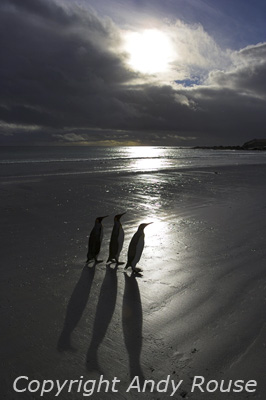Andy Rouse Interview (Part Two)
Andy Rouse is one of the best wildlife photographers in the world. His work appears in a multitude of different media and in every possible visual form. He is the author of 12 books, including the best selling DSLR Handbook, and he has presented his own TV series. Andy is known for his ability to get up close and personal to both dangerous and shy animals, and is respected for being a traditional wildlife photographer who has maintained his ethics in a very commercial world. In the second installment of a two-part interview, we ask Andy about the secrets of his digital workflow�
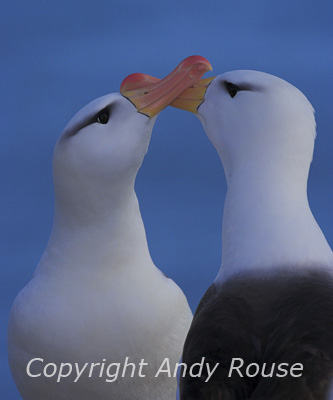 You
are known as something of a specialist in digital technology.
How did you get started?
You
are known as something of a specialist in digital technology.
How did you get started?
I have been a professional photographer for 10 years, but before that I was a computer consultant, so I�ve always been able to mess about with PCs. In this modern age of digital photography I have found the conversion quite simple and have been able to embrace all the advantages that technology can bring.
How has the digital revolution influenced your work?
It has revolutionized our work. In the old days of slides we spent countless thousands of pounds each year on developing, scanning and duplicating film for our clients and network of agents. Now that is a thing of the past and we have a totally digital workflow from image capture to sending our work out to clients. I shoot very much by the �seat of my pants�, in other ways I am a very free photographer, rarely using a tripod and often in the most ridiculous positions to get a shot. Shooting digitally, I can check the DSLR histogram to ensure that I haven�t over-exposed the shot whilst I am still shooting, thus my hit rate for good pictures is much higher.
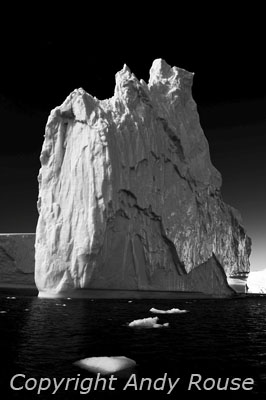 Have
long have you been shooting in RAW format?
Have
long have you been shooting in RAW format?
I bought the first DSLR from Canon, the D30, and have shot digital ever since. I was amazed at the image quality and even though the file size was small, I could see the potential for our business. In fact, my biggest selling image to date was taken on the D30, and today it is used across the USA to advertise Jaguar cars. Many photographers ask me why I shoot RAW and not JPEG. The answer is simple, flexibility. With a RAW image I can quickly and easily edit and correct my work using a simple piece of software, such as Pixmantec RawShooter Premium. With a JPEG I have to be an expert in Photoshop, which I am not and do not want to be.
What is the biggest challenge that you face as a digital photographer?
Editing my work; undoubtedly the downside of digital photography is the amount of extra processing time involved. The largest part of this is identifying the good images from the bad. With a DSLR we all take far too many images since it does not cost us anything to take them; I am constantly updating our workflow to ensure that I use the most efficient methods to reduce the huge collection of RAWs that I take, down to the few that are seen by our clients and the rest of the world. This same challenge is not limited to professional photographers, it affects all digital photographers worldwide � even if you take 5 identical images it can take time to pick the best one.
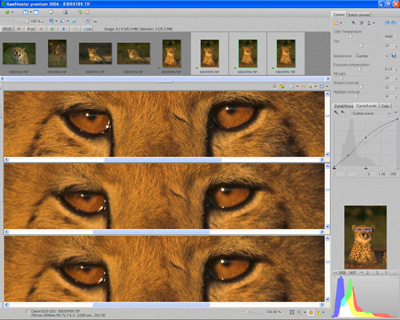 How
did you become involved with Pixmantec and RawShooter?
How
did you become involved with Pixmantec and RawShooter?
When the company started I was approached by the two directors and asked if I would be interested in consulting on a new RAW workflow tool they were working on. Since then I have become much more closely involved with the daily running of the company and am now responsible for the marketing and promotion worldwide. It provides me with an excellent chance to use my extensive knowledge of workflow, developed from being a professional photographer, to help both amateur and professional photographers get the most from their images.
How useful is RawShooter Premium in your work as a professional photographer?
Before RawShooter Premium I used a combination of several software programs in my workflow. Now I only use two, RawShooter Premium and Photoshop / Paint Shop Pro (which I use for dust spot removal and captioning only). Today it is a vital part of my workflow and would be so whether I was involved with the company or not.
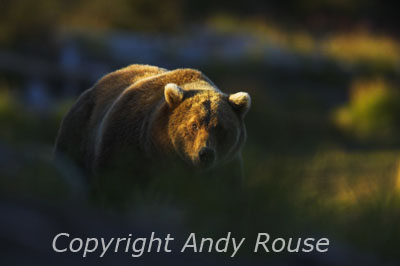 Which
level of photographer is RawShooter Premium aimed at?
Which
level of photographer is RawShooter Premium aimed at?
The great thing about RawShooter Premium is that it's aimed at all levels of photographers. Whilst demanding professionals like me use the product, a good proportion of the user base is normal keen amateur photographers. The software is designed to be simple and intuitive to use, which enables even the most novice user to have the confidence to shoot RAW. To help them further I wrote a Raw Workflow Guide, which is distributed free with RawShooter Premium and helps any level of user get the most from the product.
How does RawShooter Premium help save you time?
It starts right from the moment I take the CF card from the camera. I use the RawShooter Premium downloader to copy the images onto a laptop, freeing me to get on with something else much more important (like sleeping!). Then I use a simple two stage editing process to identify the good images and delete the bad ones; the first stage is to use a full screen slideshow and the second is to display similar images side by side by using the image comparison tool. The final stage is the conversion using the sophisticated tools which include curves / levels and a brand new tool called Vibrance that gives a similar effect to the highly saturated and popular slide film Fuji Velvia. I can straighten any horizons at the same time and crop where necessary, reducing any further post processing work. Since I shoot in very low light I am sometimes faced with some noise in my images at ISO settings above 400; I can easily reduce this by using the noise reduction tools. The final image is beautifully sharp, and after a couple of minutes cleaning and captioning, is ready to be seen by the most demanding clients in the world.
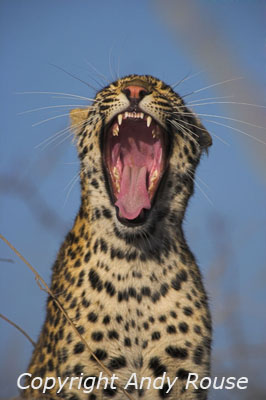 Could
you give an example of when RawShooter Premium has really
helped you?
Could
you give an example of when RawShooter Premium has really
helped you?
Oh that�s easy. For the past three months I�ve been traveling down in Antarctica and have been taking thousands upon thousands of images. Of course there is a limit to how much portable storage I can safely carry around with me; DVDs simply take up too much room. So I took 3 x 100GB SmartDisk Firelite drives to store my edited images. During each shoot I would store the images on a Jobo GigaVu downloader; every evening, or every few days if I was too exhausted to do anything (I am getting older you know). I would connect the downloader to my tiny portable laptop and start RawShooter Premium. I would then download the RAW images to a temporary directory and use the slideshow, full screen preview and image comparison tools to edit the raw files and save the best. These would then be transferred to one of the 100GB portable drives for safe storage; I would then empty the downloader and start again. I repeated this process countless times during the trip. Without the speed and power of RawShooter Premium I would never have been able to bring my images home.
Why do you use an independent RAW converter, rather than the free RAW software that is supplied with a DSLR camera?
Basically the free RAW software that is supplied with all new cameras is only designed for very basic users and provides little functionality to anyone else; most only perform a basic conversion, with no workflow and no means of editing down images and identifying the best (which is the greatest challenge for all of us). Therefore it was only a matter of time before independent software vendors developed more elegant RAW workflow applications.
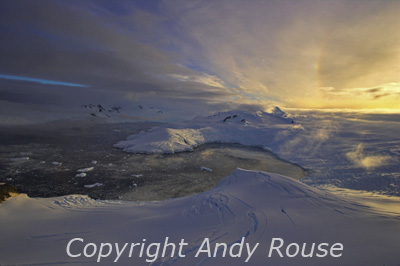 What
do you think are the advantages of RawShooter Premium compared
to the popular Nikon Capture and Adobe Camera RAW applications?
What
do you think are the advantages of RawShooter Premium compared
to the popular Nikon Capture and Adobe Camera RAW applications?
All products have their fans and all products have their unique features. RawShooter Premium, I believe, is the best workflow orientated tool for all levels of photographers and offers the solution to the most pressing problems for the digital photographer of today. Unique features like the image comparison, vibrance saturation tool, full screen dynamic preview and the ability to prioritise an image give us an edge. But it is the quality of the developed RAW file (whether it be TIFF or JPEG) that is really the bottom line and our users tell us that they are second to none (so do my clients). Magazine reviewers seem to agree too! RawShooter Premium is also developed by photographers for photographers, so naturally I feel that the product provides much of what I and many of my amateur friends need. Sure, it doesn�t supply everything, no software can, but it does a darned good job none the less. And RawShooter Premium is not the end of the story but only the beginning - there is much more to come in the near future�.
RawShooter Premium is available for download from http://www.pixmantec.com. It has a free 15 day trial period and supports most DSLRs, including the Canon EOS 30D and Nikon D200.
You can see more of Andy�s work on his website � http://www.andyrouse.co.uk
In the first
part of our interview with Andy Rouse: a look back at Andy's
career so far.